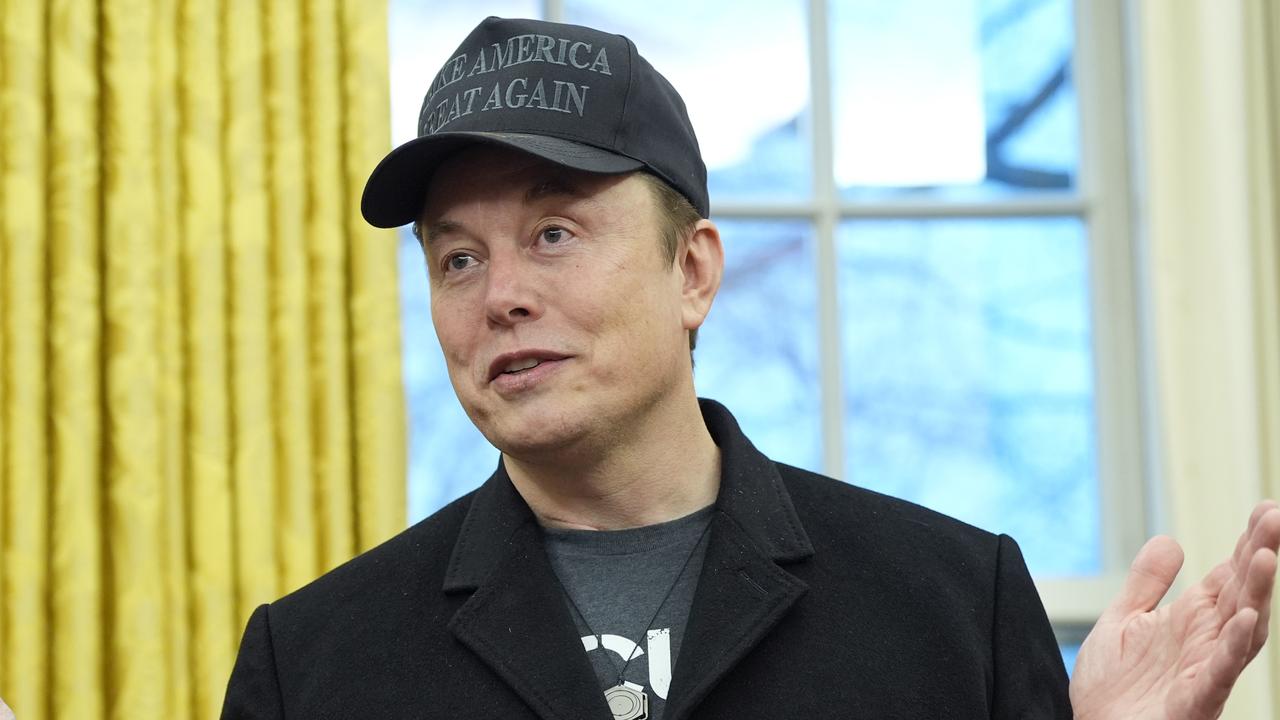Trump-Kim Singapore summit: The translators behind the make-or-break talks
DONALD TRUMP and Kim Jong-un might have been the stars of the groundbreaking Singapore summit, but they couldn’t have done it without their two interpreters.
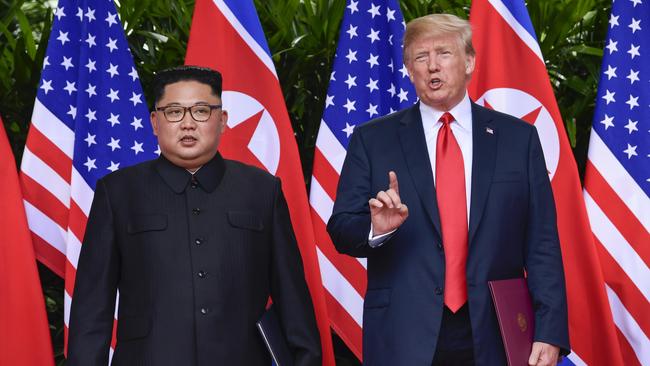
World
Don't miss out on the headlines from World. Followed categories will be added to My News.
FOR 38 minutes they became the two most important people in world politics — ahead of US President Donald Trump and North Korean leader Kim Jong-un.
Because while the first meeting of the historic summit was a one-on-one bilateral meeting between the two leaders, the official interpreters were key to the make-or-break talks.
ROLLING: All you need to know about the Singapore summit
MORE: Trump’s ‘gorilla’ move overpowers Kim
MORE: Kim Jong-un brings ‘own toilet’ to summit
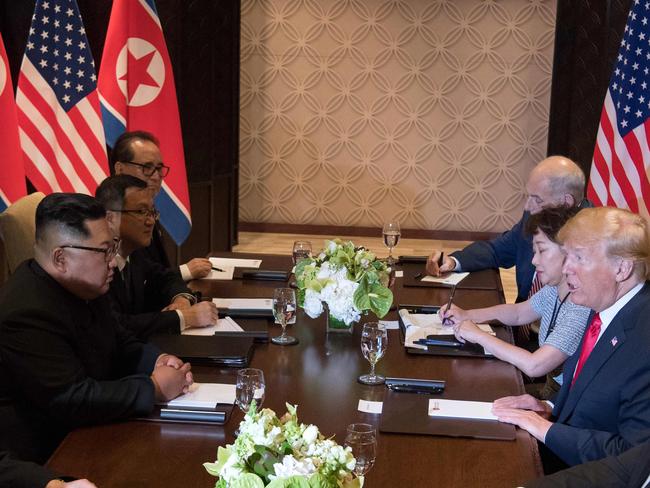
Former interpreter for several US presidents Harry Obst said an interpreter’s role was extremely powerful.
Translators need to understand and translate the words that are being spoken but also take into account the speaker’s unique quirks, mannerisms and even use of humour.
Interpreters are necessary for both sides to ensure meetings are accurately recorded and any misunderstanding prevented.
They may also soften the language used, if necessary, to ensure no one is offended or insulted, or to make the message clearer.
President Trump’s interpreter is Dr Yun-hyang Lee.
She’s the division chief of interpreting services at the US State Department and she was the only woman in the room during the meeting between the US President and North Korea’s Kim Jong-un, and their respective delegates.
MORE: Trump and Kim’s most shocking insults
MORE: Dennis Rodman breaks down in tears
MORE: How Trump and Kim came to this extraordinary moment
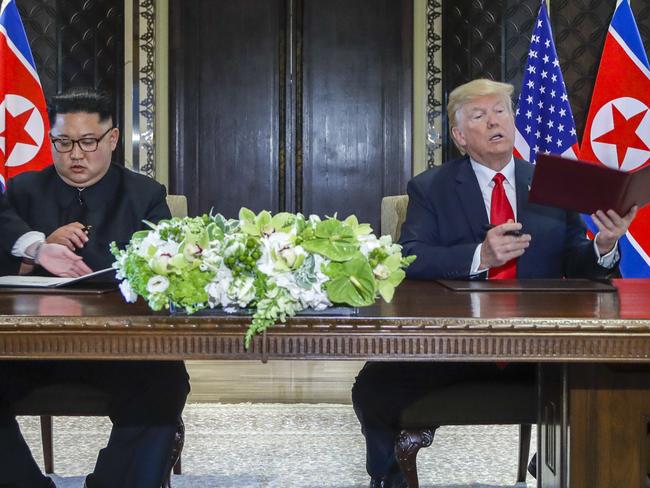
The International Association of Conference Interpreters lists Korean as Dr Lee’s native language.
She could be seen sitting and standing alongside Trump throughout the day, taking notes and communicating messages between Trump and Kim Jong-un.
Meanwhile, according to South Korean newspaper The Chosun Ilbo, Kim’s interpreter is Kim Ju-song from the North Korean Foreign Ministry.
He previously acted as a translator for Kim Yong-chol at the Closing Ceremony of the
PyeongChang Winter Olympics and also when Yong-chol met with Trump in Washington earlier this month to revive summit plans and deliver a letter from Kim Jong-un.
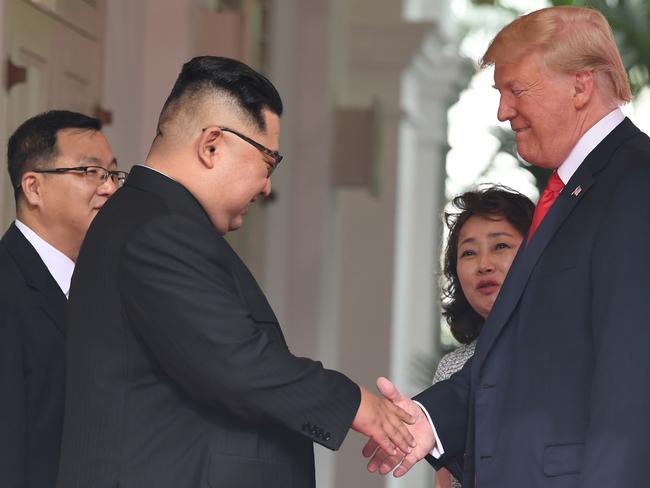
He was first spotted standing next to the North Korean leader as he greeted Trump on arrival at the Capella Hotel in Singapore.
A former North Korean diplomat, who has since defected, told Chosun Ilbo that Ju-ong was not a trained interpreter but was picked “because of his outstanding English proficiency”.
And just as each side prepared for the summit by studying policy and learning about the unique personality quirks of each other, interpreters are also expected to study up.
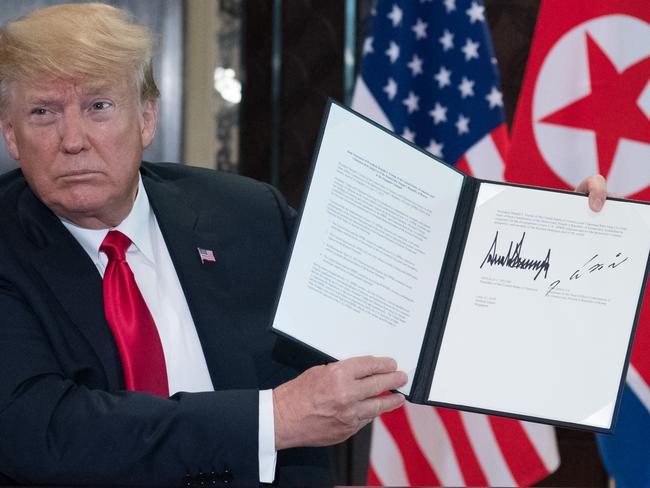

HISTORY OF THE KOREAS
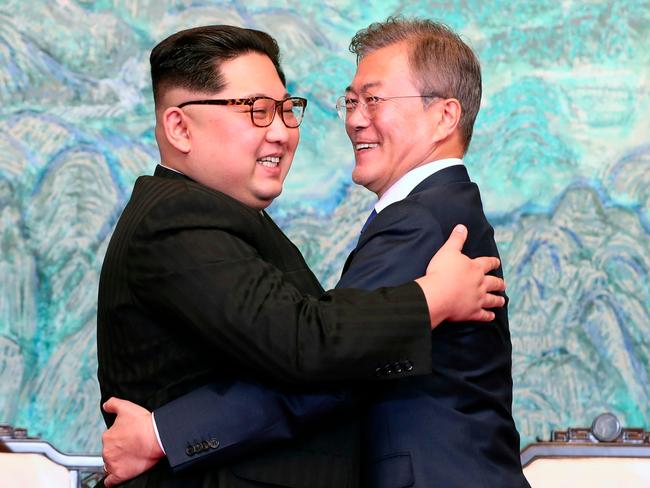
THE two Koreas have been in ideological conflict since the end of World War 2 when the country was cut in half along the 38th parallel with one half in control of the United States and the other the Soviet Union.
Both the US and USSR withdrew their control and handed power to respective local authorities in 1948 but animosity prevailed and fearing an invasion by the South, the North backed by Soviet leader Joseph Stalin invaded on June 25, 1950.
The United Nations attempted to intervene to defend the South and eventually, backed by a coalition of forces led by the US, pushed the North Koreans back to the Chinese border. On July 27, 1953 an armistice restored the original borders.
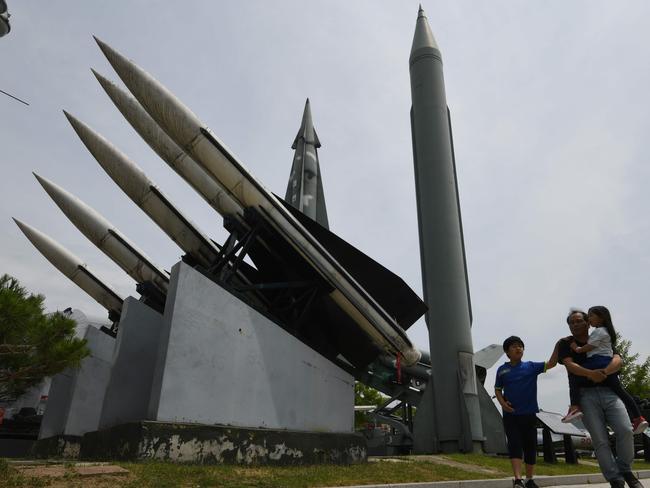
The combatants of the 1950-53 Korean War are technically still at war, as the conflict, in which millions of people died, was concluded only with a truce.
There has been numerous border skirmishes since and claims and counter claims of assassination plots of leaders and invasion fears.
In 1992 North Korea’s Kim Il-sung died of a heart attack after 46 years of rule to be succeeded by his eldest son Kim Jong-il. It was left to the latter to negotiate with the US over nuclear disarmament. But by this stage the country had already virtually collapsed with the end of the Soviet Union in 1991 and with that the end of political and critically economic backing.
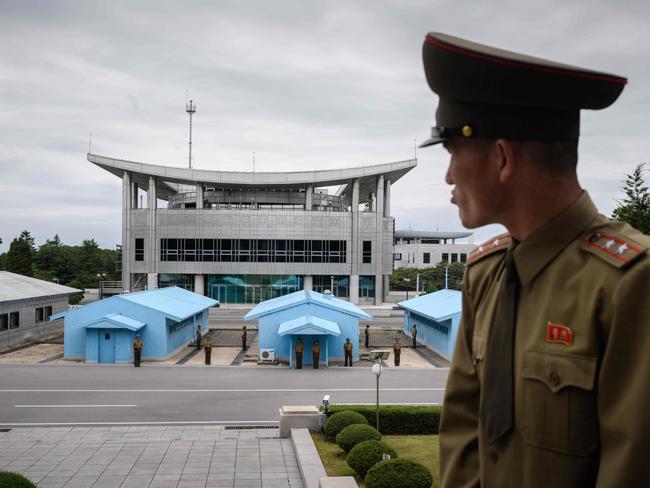
North Korea agreed to halt nuclear development in negotiations with US President Bill Clinton but when the US leader was succeeded by George Bush the latter rejected the deal and declared North Korea a rogue state not to be trusted.
In 2011 Kim Jong-il died of a heart attack with his youngest son Kim Jong-un taking over the dynasty of the reclusive state and furthering its nuclear ambitions with a series of test firings of long-range missile which it claimed would reach the US. It was not until this year tensions and the rhetoric were diffused enough to lead to the historic summit.
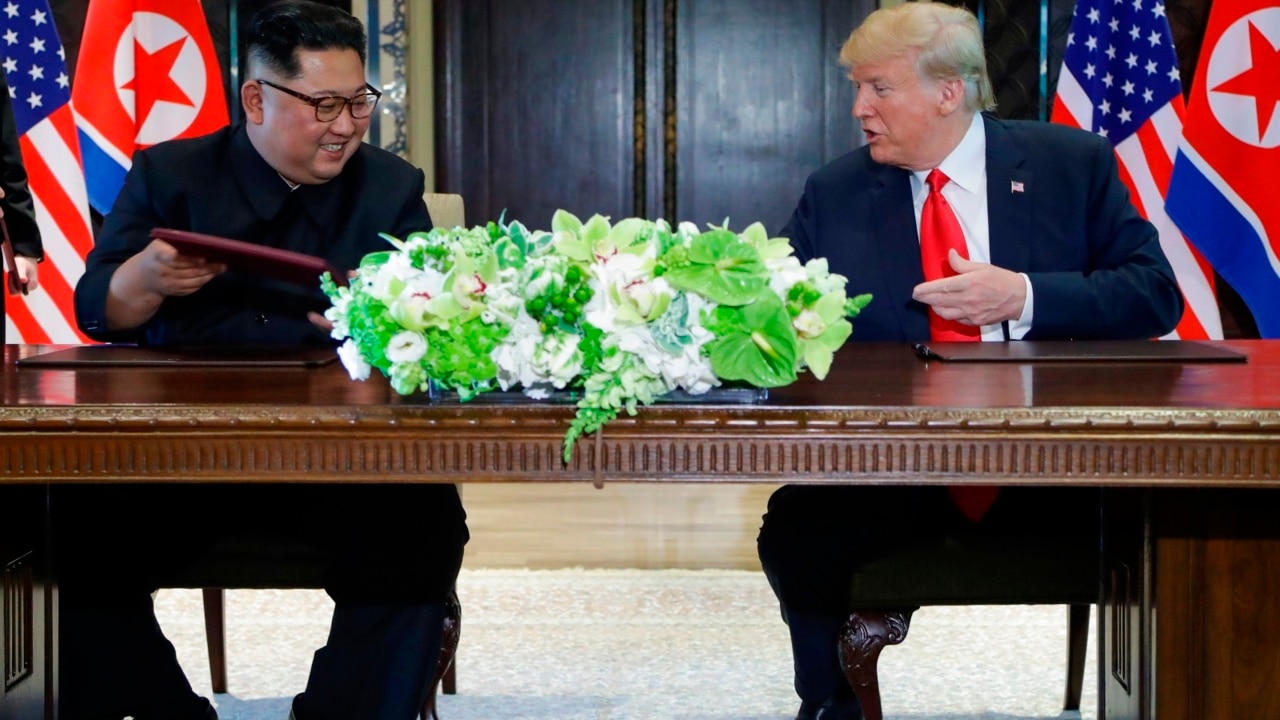
Originally published as Trump-Kim Singapore summit: The translators behind the make-or-break talks

